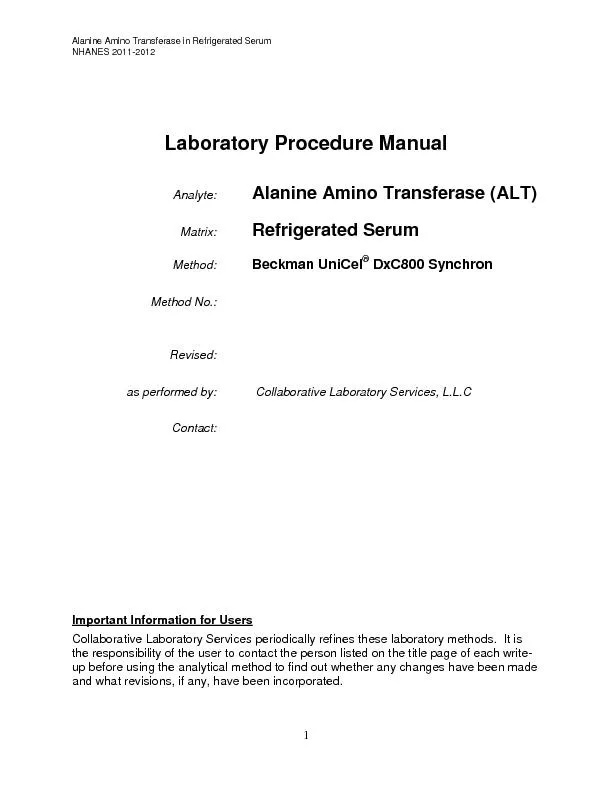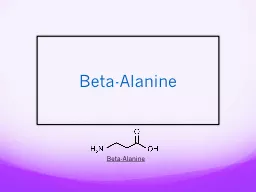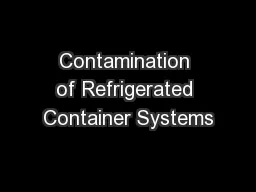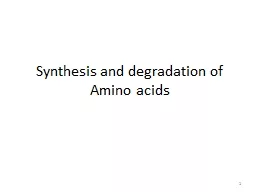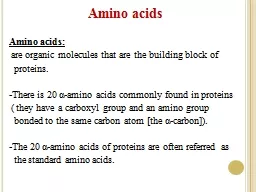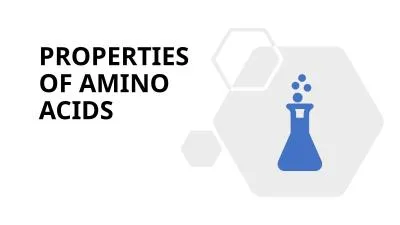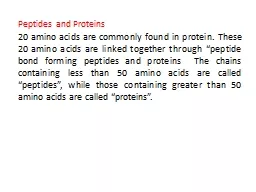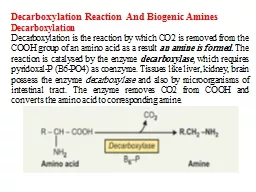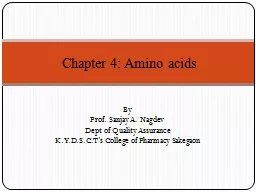PDF-Alanine Amino Transferasein Refrigerated SerumNHANES 20��1 &#x/MCI;&#
Author : alexa-scheidler | Published Date : 2016-10-04
mportant Information for Users Collaborative Laboratory Services periodically refines these laboratory methods It is the responsibility of the user to contact the
Presentation Embed Code
Download Presentation
Download Presentation The PPT/PDF document "Alanine Amino Transferasein Refrigerated..." is the property of its rightful owner. Permission is granted to download and print the materials on this website for personal, non-commercial use only, and to display it on your personal computer provided you do not modify the materials and that you retain all copyright notices contained in the materials. By downloading content from our website, you accept the terms of this agreement.
Alanine Amino Transferasein Refrigerated SerumNHANES 20��1 &#x/MCI;&#: Transcript
Download Rules Of Document
"Alanine Amino Transferasein Refrigerated SerumNHANES 20��1 &#x/MCI;&#"The content belongs to its owner. You may download and print it for personal use, without modification, and keep all copyright notices. By downloading, you agree to these terms.
Related Documents

